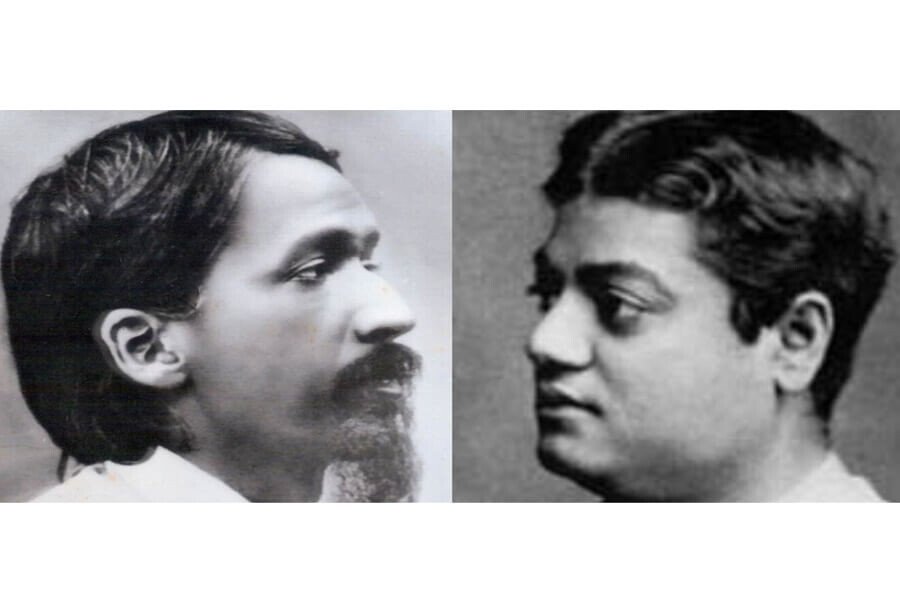Part One
There is undoubtedly a Hindu upsurge in the country today. But whether we seize the tide at its flood and use it to bring about a spiritual renaissance or let it peter out into a mere religious revival – this will decide the future of this country. There are many who see this upsurge as a strong mandate for a religious revival which, they hope, will lift the country from its present languid and self-destructive ways and put it on the path to fulfillment and glory. Ranged against them are those who decry the whole phenomenon as a regressive and unhealthy development. Many in this latter group are also convinced that all spirituality is obscurantism and they are therefore hostile to any attempt to see this as a call for the spiritual renaissance of the country. My aim here is not so much to take sides with the critics of this upsurge or with its champions as to see the whole phenomenon in a different light — the light of Sri Aurobindo.
A spiritual civilization like India’s does not endure and progress by sticking to or reviving its old forms whether in religion, arts or socio-economic institutions but by breaking their mould and creating new ones which are appropriate to the changing times and true to its innate trend and genius. What is popularly known as Hinduism today is the religious manifestation of a spiritual civilization during the last 1100 years or so, generally recognized as the period of decline of this spiritual culture. Whether as a religion this manifestation is better or worse than other religions is a matter in which I am not interested at the moment. But why anybody who understands the genius of this culture would want to revive such an obsolete manifestation is beyond my comprehension.
Therefore a Hindu religious revival is to my thinking an absurdity, and the sad thing is that many of us believe that we are fighting for this absurdity. Those who want to resurrect a particular manifestation of Hinduism, in this case a Medieval one, lose sight entirely of the predominantly spiritual nature of this culture. Some of their critics who cry foul at the phenomenon of this upsurge are those who mistrust spirituality and are convinced that India’s destiny is to be a faithful camp-follower of the grossly commercial, materialistic and insufficient Western civilization either of the currently buoyant American variety or of the obsolete and moribund communist variety.
There were two important spiritual figures in the Indian renaissance movement – Swami Vivekananda and Sri Aurobindo. They recognized the spirit as the truth of the Indian civilization and hoped for a renaissance of Indian spirituality. They worked for it not only because it is the soul of Indian culture and no true development in India can be based on any other foundation but also because they were convinced that it is the supreme gift India can make to the world to save it from chaos and destruction.
One of the famous utterances of Sri Aurobindo, most relevant for our times, is: When therefore it is said that India shall rise, it is the Sanatana Dharma that shall rise, it is the Sanatana Dharma that shall be great. When it is said that India shall expand and extend herself, it is the Sanatana Dharma that shall expand and extend itself over the world. It is for the Dharma and by the Dharma that India exists.
But there seems to be among some of us a strange reluctance, if not a feeling of embarrassment, in drawing attention to this statement. This is harmful because if those who understand what Sri Aurobindo meant by it do not speak up, those who do not fully understand it will exploit it to strengthen their agenda. In fact, Sri Aurobindo himself has explained what he meant by the terms “Hindu”, “Sanatana” and “Dharma”.
About Mangesh Nadkarni
Sri Nadkarni (1933-2007) was a professor of Linguistics, a thinker and scholar par excellence, a student and disciple of Sri Aurobindo and the Mother, and a great exponent of Sri Aurobindo’s writings, especially Savitri.
It is our great privilege to publish Sri Nadkarni in our inaugural issue.
Part 2


